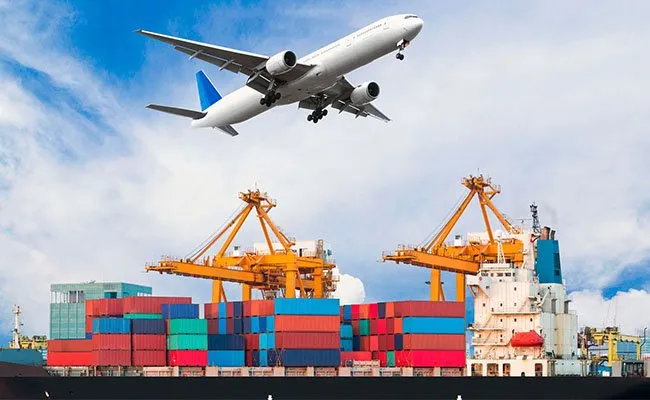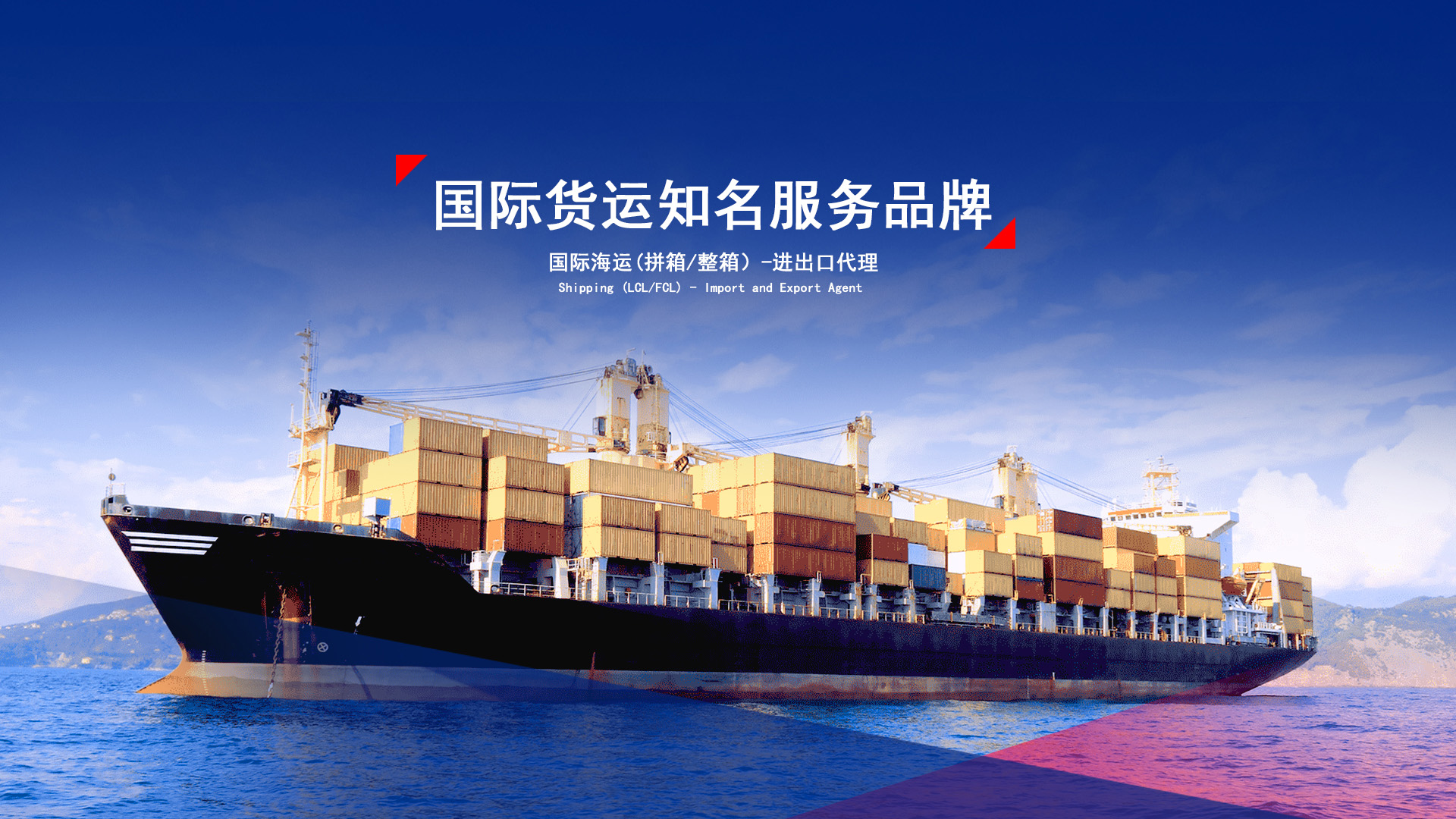When it comes to shipping from China to Japan, several factors come into play that can significantly influence the final expense. This article aims to provide a detailed exploration of the various elements that determine the cost and offer insights to help you make informed decisions.
Shipping Methods and Their Costs
Air freight is known for its speed and efficiency, making it a preferred choice for time-sensitive shipments. However, it comes at a relatively higher cost. The charges for air freight are typically based on both the weight and volume of the cargo, with volumetric weight often considered when the volume is large compared to the actual weight.
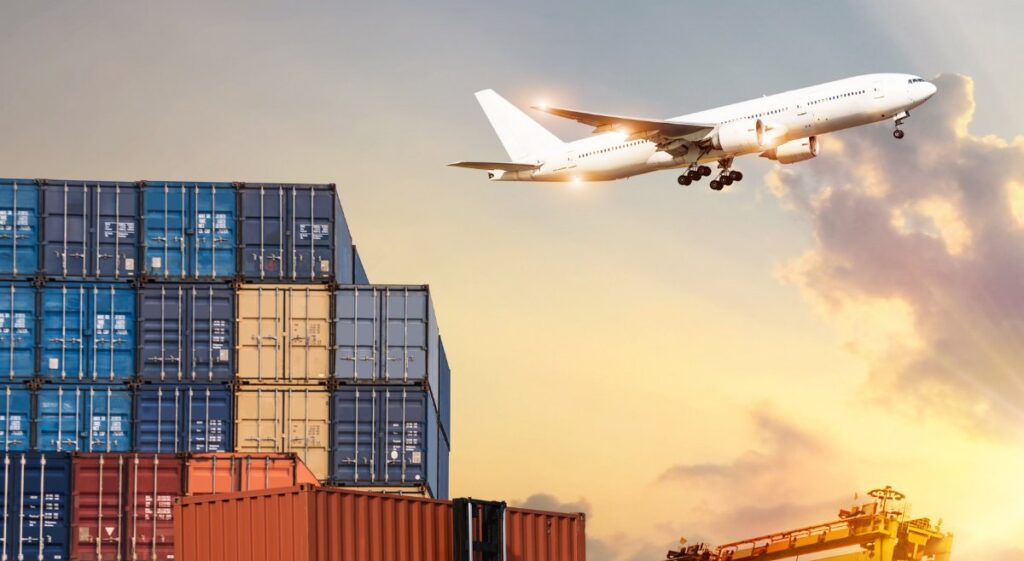
For example, a standard air freight shipment of a small to medium-sized package weighing around 50 kilograms might cost anywhere from $3 to $8 per kilogram. The cost can increase significantly for larger or heavier shipments.
Sea freight is a more economical option for larger volumes of goods but has longer transit times. Container types, such as 20-foot and 40-foot containers, have different costs. A 20-foot container can cost approximately $1,000 to $2,000, while a 40-foot container might range from $1,500 to $3,000.
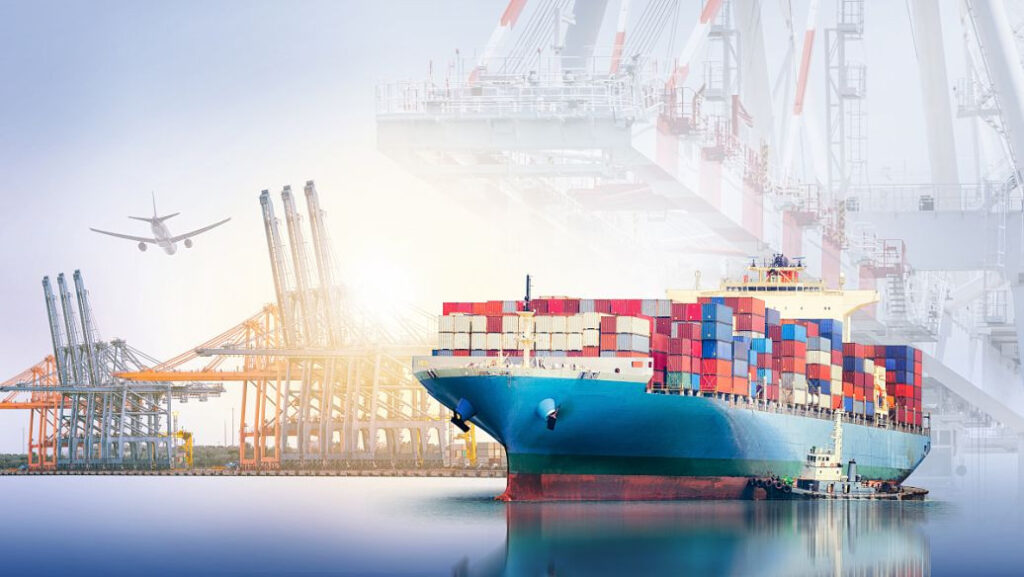
The trade-off between cost and transit time is crucial. While sea freight takes longer, it can be highly cost-effective for bulk shipments.
Popular express carriers like DHL, FedEx, and UPS offer fast and reliable delivery services. Their rates are often based on the weight and destination. A typical express shipment of a small package can cost around $50 to $100 or more, depending on the weight and urgency.
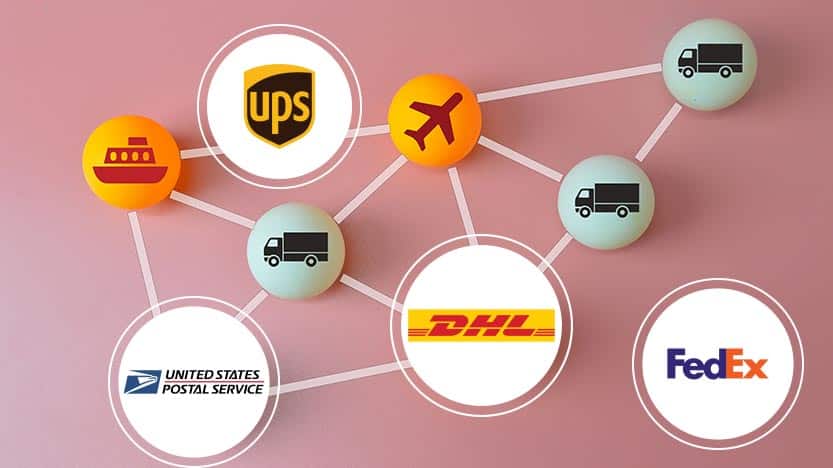
The advantage of express delivery is the speed and tracking capabilities, but the cost can be prohibitive for larger or less time-sensitive shipments.
Factors Affecting Shipping Costs
Weight and Volume of the Shipment
The weight and volume of the shipment are primary factors in determining the cost. Shipping companies calculate the charge based on either the actual weight or the volumetric weight, whichever is greater. Volumetric weight is calculated by multiplying the length, width, and height of the package and dividing by a specific factor.
This means that lightweight but bulky items can result in higher costs as they take up more space in the transportation vehicle.
Commodity Type
The type of goods being shipped also affects the cost. Some commodities may require special handling, such as hazardous materials or perishable goods, which can increase the shipping expense. Additionally, certain items might be subject to higher insurance premiums or additional regulatory requirements.
Shipping Route and Distance
The chosen shipping route and the distance between the ports in China and Japan impact the cost. Different ports have varying handling fees and infrastructure costs. Longer distances can lead to higher fuel surcharges and other operational expenses.
Seasonality and Market Conditions
The shipping industry experiences peak and off-peak seasons. During peak seasons, such as before major holidays or during high-demand periods, shipping costs tend to increase due to higher demand and limited capacity. Supply and demand dynamics in the shipping market can also cause fluctuations in prices.
Additional Costs and Considerations
Customs Duties and Taxes
When shipping goods between countries, customs duties and taxes may be applicable. These are calculated based on the value and type of the goods. It’s essential to understand the customs regulations of both China and Japan to accurately estimate these costs, as they can significantly add to the overall expense.
Insurance Options
Insuring the shipment is an important consideration to protect against loss or damage. The cost of insurance coverage depends on the value of the goods and the level of risk. While it adds to the initial cost, it provides peace of mind and financial protection in case of unforeseen circumstances.
Packaging and Handling Fees
Proper packaging is crucial to ensure the safety of the goods during transit. Special packaging requirements or handling fees for fragile or oversized items can increase the overall cost. It’s important to invest in appropriate packaging to avoid damage and potential additional charges.
Tips for Reducing Shipping Costs
Optimizing Packaging
By minimizing the size and weight of the packaging without compromising the protection of the goods, you can reduce the volumetric weight and potentially lower the shipping cost.
Consolidating Shipments
If possible, consolidate multiple smaller shipments into one larger one. This can help you take advantage of economies of scale and reduce the per-unit shipping cost.
Negotiating with Shipping Providers
Building a good relationship with shipping providers and negotiating better rates based on your shipping volume or long-term contracts can lead to significant savings.
Case Studies
Let’s consider a few examples. Company A ships a container of electronic components by sea freight. The weight is 10 tons, and the cost, including container rental and handling fees, amounts to $2,500. Company B sends a small batch of high-fashion clothing via express delivery, with a total cost of $800 due to the lightweight but high value of the items.
Analysis of these cases shows how different shipping methods and circumstances can result in varying costs and the importance of choosing the right option based on specific requirements.
Conclusion
Determining the cost of shipping from China to Japan involves a careful consideration of multiple factors. Understanding the shipping methods, the influence of weight, commodity type, route, and additional costs is essential for accurate budgeting and decision-making.
By being informed and strategic in your shipping choices, and by following the tips for cost reduction, you can optimize your shipping expenses and ensure a smooth and cost-effective transportation process. Remember, it’s crucial to stay updated on industry trends and regulations to make the most informed decisions for your business or personal shipping needs.

